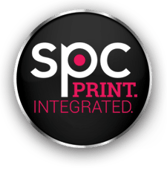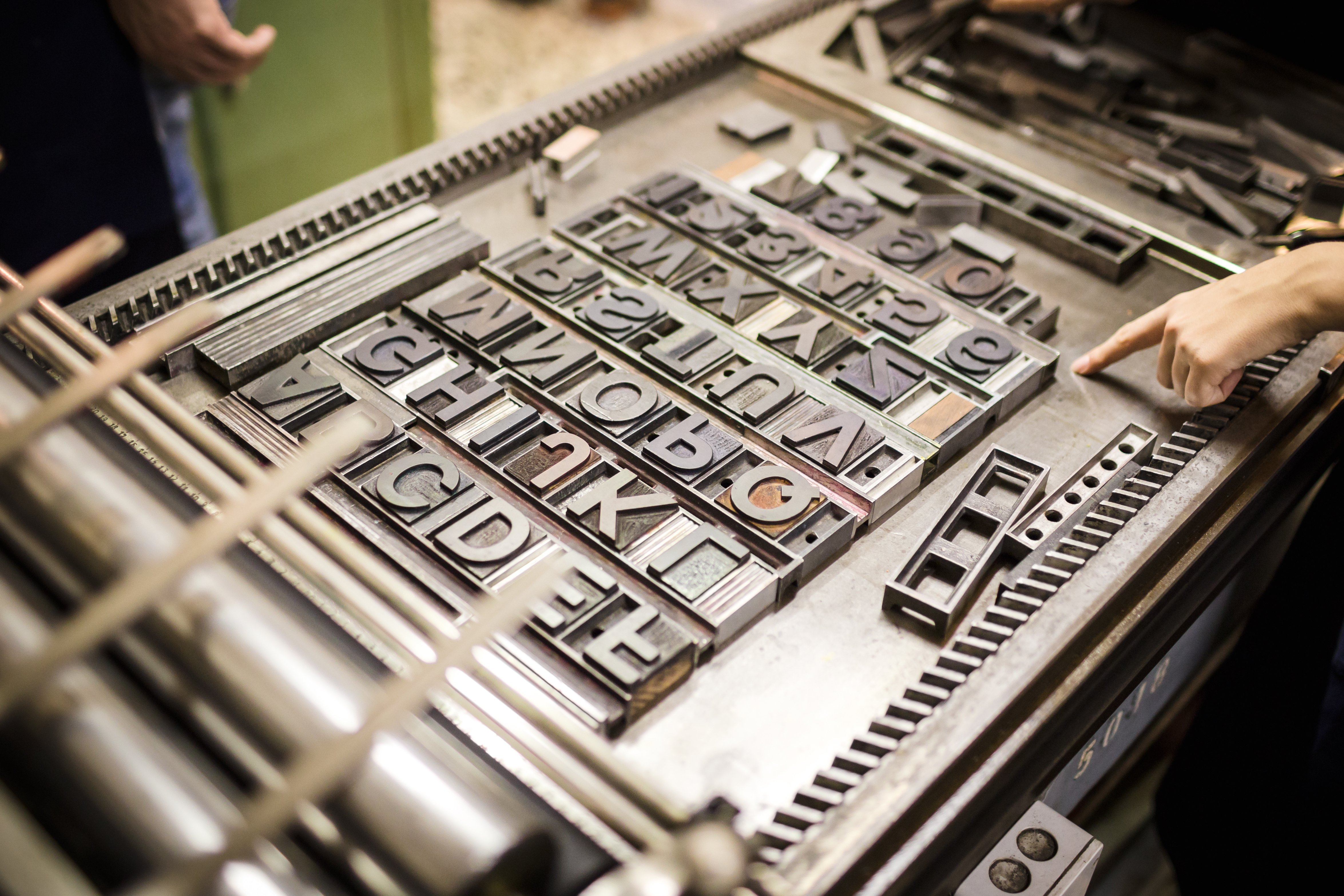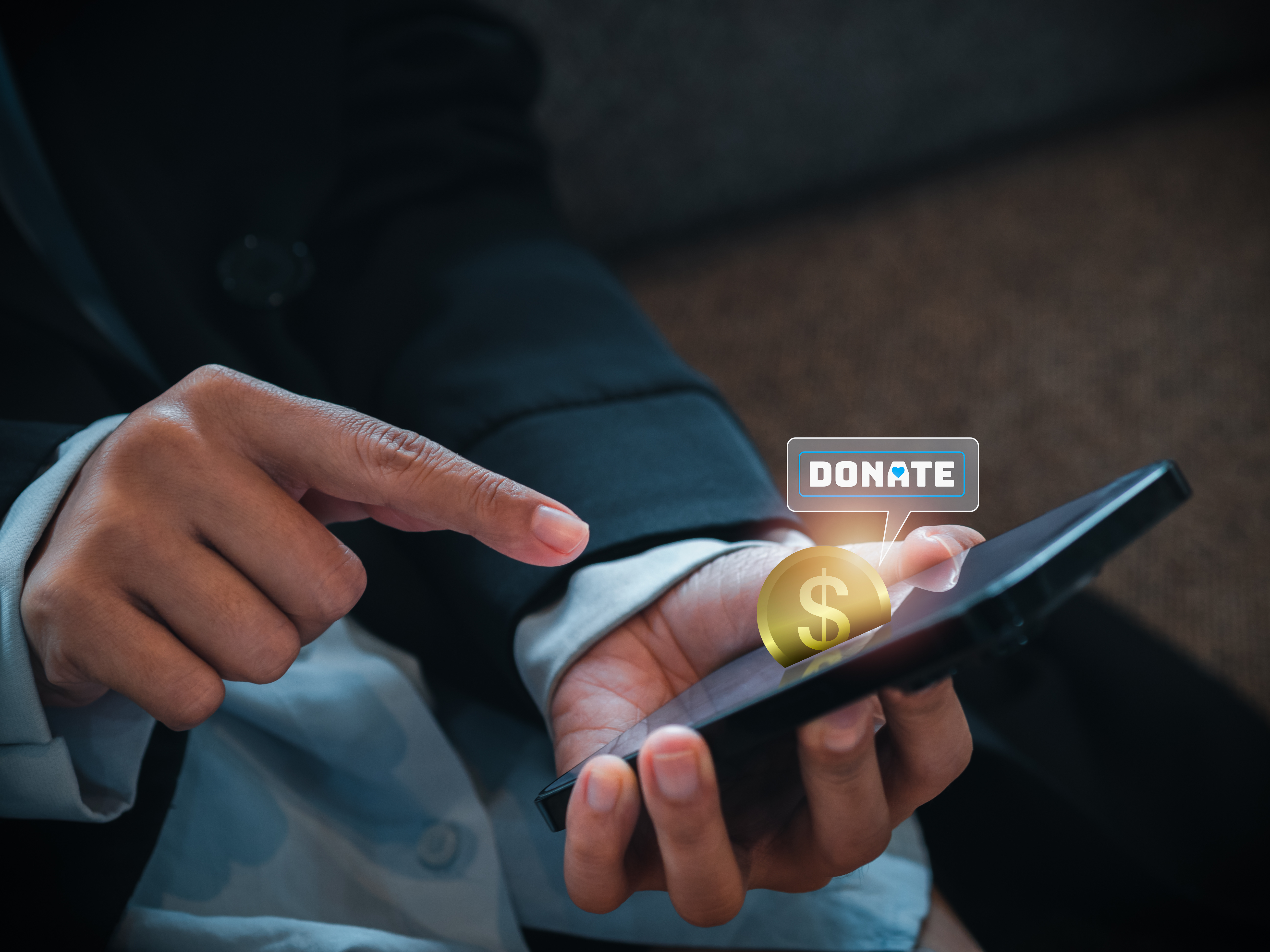Letterpress Printing: Everything Old Is New Again
Despite all the rapid advances in technology that have happened in our lifetimes, most of us still encounter printed items daily – and yet, most of us don’t know very much about how these items were made. There are many forms of printing worth discussing, but a great place to start is with the oldest one, and that is letterpress. Archeological evidence has shown that versions of this printing form were used in 11th century China and 13th century Korea. However, Johannes Gutenberg, a German innovator whose name you may recognize, is usually credited for further developing and popularizing this technique in the 15th century.
Letterpress Printing Then
Essentially, letterpress printing is a form of relief printing because it first requires someone to carve into the surface of a “plate” to create something like a stamp. The raised remains of these carvings are what is used to transfer ink to paper or another material. Wood block prints are a great example of this method in the art world.
Traditionally, letterpress printing was done by craftsmen who apply ink to a plate’s raised letters and images and then lightly touch paper to them, all by hand. Over time, more and more people caught on to the convenience of movable type, which are small plates of individual, backwards letters that could be arranged and rearranged to create different words and sentences. This eliminated the need for new plates to be made for each page of a book or other projects.
In Gutenberg’s era, movable type plates were first arranged in a sturdy wooden frame. He invented both a hand-operated press that these frames were then placed into and an oil-based ink that symbols on the plates were coated with. Paper would roll through the press onto the inked plates to create the final product. Later, Gutenberg also shifted from using wooden movable type plates to metal options as they were more durable.
When Gutenberg introduced this moveable type press and his version of the letterpress printing method in 1450, the world began to slowly change. His modifications made the manufacturing of books much easier, and therefore cheaper. This allowed them to become accessible for the average person. This successful use of letterpress printing made it the leading method for hundreds of years. It wasn’t until the 20th century that offset printing took over the number one spot.
Letterpress Printing Now
Although modern society has shifted to offset and digital printing, letterpress never completely left the scene. However, it has changed. One notable difference is that many printers now use polymer or photopolymer plates instead of metal. These allow people to start their letterpress designs on the computer!
Once created digitally, they are printed off as film negatives. These are then placed on top of plates and exposed to ultraviolet light. To take another example from the art world, this is like the exposure process film photographs must go through for the image to develop. It is done this way because polymer plates are sensitive to light, so parts under the cutouts of the film negative will harden. From there, the plate is simply rinsed with water and the areas that were not exposed to the light will just wash away. Behold, a modern relief!
But what are these used for now? Surely not for book manufacturing with all of today’s complex machinery? That’s correct, but you’ve likely seen letterpress stationery items recently and not even realized it. These can usually be identified because the letters and designs will be indented into thick paper, thanks to the effect that polymer plates have on thick cover weights. This type of imprinting is called debossing, which gives pieces a real tactile feel that people have been loving. However, it was not always a telling feature of the letterpress method.
So, here’s what happened. Believe it or not, Martha Stewart began endorsing debossed letterpress stationery in the 1990s. Consumers saw the uniqueness of these handcrafted products, were influenced to make purchases, and demand began to rise.
Is Letterpress a Good Option for Your Next Print Project?
One thing to know about this form of printing is that it’s time consuming. This is especially true for more complex designs as they can only be done in one color at a time. Separate plates must be created for each color change. Therefore, letterpress printing is saved mostly for particularly special items these days. That’s why it’s so popular for invitations, thank you notes, holiday cards, meaningful announcements, and other personalized stationary.
The other thing to keep in mind if you’d like the letterpress method to be used on your next print project is that paper availability is currently limited and you’ll need to get your hands on the right stocks if you want that trendy, debossed look. The paper needs to be thick enough to accommodate for the impression depth. If you are on the hunt, know that cotton paper is the most popular choice for letterpress because of its thickness, durability, texture, and softness.
Others might consider printing on cotton paper to be a positive because it is more environmentally friendly than other stocks. Instead of being made from trees, it’s often created from the textile industry’s discarded materials. For those of this mindset, you might also like to know that water-based inks are often the top choice of modern letterpress printers.
Finally, letterpress is a good choice for printing darker inks on lighter papers. You should go another direction if you want to print on stocks that are black or another dark color. Digital printing would be better for this since more ink can be spread over paper in one pass.
To sum it all up, letterpress printing is back in vogue. It’s a great option for creating stationary items that will stand out in a crowded mailbox and allude to the special nature of the content they contain. Although modern technology has changed this printing method in ways that make the final products look quite different than they would have centuries ago, it has also made it easier and more affordable to create larger batches with consistent quality. It’s true that your order of 200 wedding invitations may not have the exact same quality as a one-of-a-kind print made from a hand-carved wooden block, but they’ll still be beautiful, and rarer than boxed cards purchased from a chain store. Modern letterpress printing can be the best of both worlds!
The first two generations of Sanderson Brothers in the printing industry worked with letterpress. Even the current pair, Mark and Bruce, were accustomed to seeing this age-old printing process occurring around their father’s shop. These days, SPC no longer prints this way, but we continue to use three letterpress machines for die cutting. You know what they say, “If it ain’t broke, don’t fix it!”





Leave a Reply